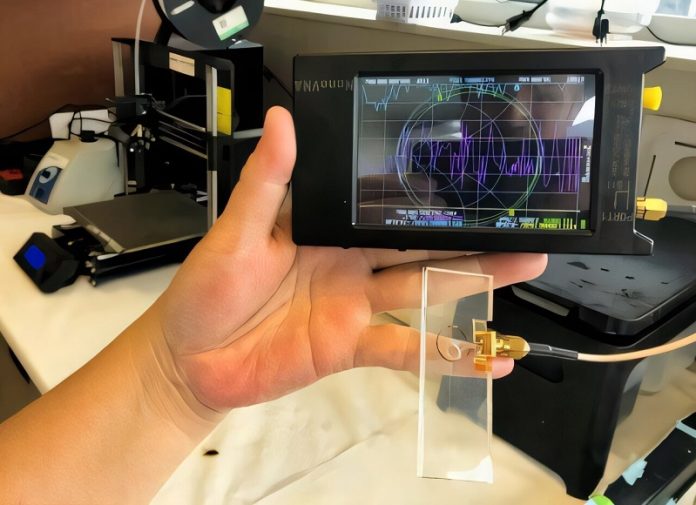
A new handheld device developed by researchers at the University of Waterloo could revolutionize how we detect contaminated water.
Small enough to fit in your palm, the tool can quickly identify toxic E. coli bacteria in just minutes—potentially saving lives and preventing millions of illnesses each year.
- coli, a bacterium commonly found in the intestines of mammals, can contaminate drinking water and cause serious illness.
Globally, contamination is linked to about 230 deaths and three million acute illnesses annually, most often in babies and young children.
Current testing methods typically require water samples to be collected and sent to centralized laboratories. Results can take several days, leaving communities vulnerable in the meantime.
The new device, described in the journal Biosensors and Bioelectronics, was designed by a team led by Dr. Carolyn Ren, professor of mechanical and mechatronics engineering at Waterloo.
Ren is also Canada Research Chair in Microfluidic Technologies. The project builds on technology the group originally created during the COVID-19 pandemic to detect viruses.
“We’re confident our technology could have a significant health impact,” said Ren. “It is highly accurate at identifying E. coli and distinguishing it from other bacteria. It’s also sensitive enough to detect even small concentrations.”
The portable device is inexpensive to produce, costing only about $70. At its core is a gold-plated sensor about the size of a dime, paired with a circuit board similar in size to a smartphone. That board houses a small instrument known as a vector network analyzer (VNA).
Here’s how it works: the sensor is coated with antibodies—special proteins that naturally bind to E. coli. When water containing the bacteria is added to the device, the antibodies capture it on the sensor’s surface.
This interaction changes the resonance frequency of microwaves emitted by the sensor, a shift the VNA picks up. Within minutes, the device confirms not only whether E. coli is present but also how much of it is in the sample.
Tests so far have been carried out using just a few drops of water, but the researchers believe the technology could easily scale up to meet international testing standards, which typically require larger sample sizes.
The device’s speed, affordability, and portability make it particularly promising for use in households, water treatment facilities, and field monitoring of lakes and rivers. Its impact could be greatest in developing countries, where contamination is common and access to lab-based testing is limited. A recent study in sub-Saharan Africa, for example, found that more than 70% of household water samples contained E. coli.
“Water regulations are strict, and adopting new technology can take time,” Ren noted. “But we hope our work will encourage both the scientific community and industry to help make this tool widely available.”
If adopted on a large scale, this simple device could transform global water safety, offering rapid, affordable testing wherever it is most needed.
Source: University of Waterloo.



